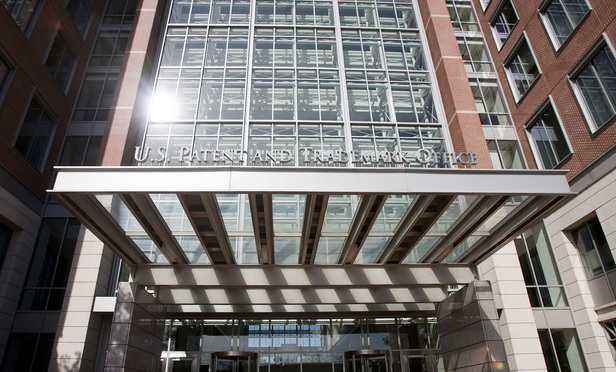New legislative and court-driven developments in patent law have increased the risk of securities fraud liability for public company patent owners. Such patent owners and their securities counsel are therefore best advised to understand these developments, their intersection with securities law, and how they may affect some public disclosures.
In 2011, the America Invents Act (AIA) overhauled the U.S. patent system’s statutory scheme. Among its many changes, the AIA created several new post-grant proceedings, which allow third parties to challenge the validity of an issued patent before the Patent & Trademark Office (PTO). Legislators crafted inter partes review (IPR), post-grant review (PGR) and covered business method patent review (CBM), and required these post-grant proceedings to be conducted as administrative trials. An IPR may be brought only on the grounds that a patent is anticipated or obvious over prior patents and printed publications, while PGR and CBM may be brought on any grounds, including patentable subject matter.






